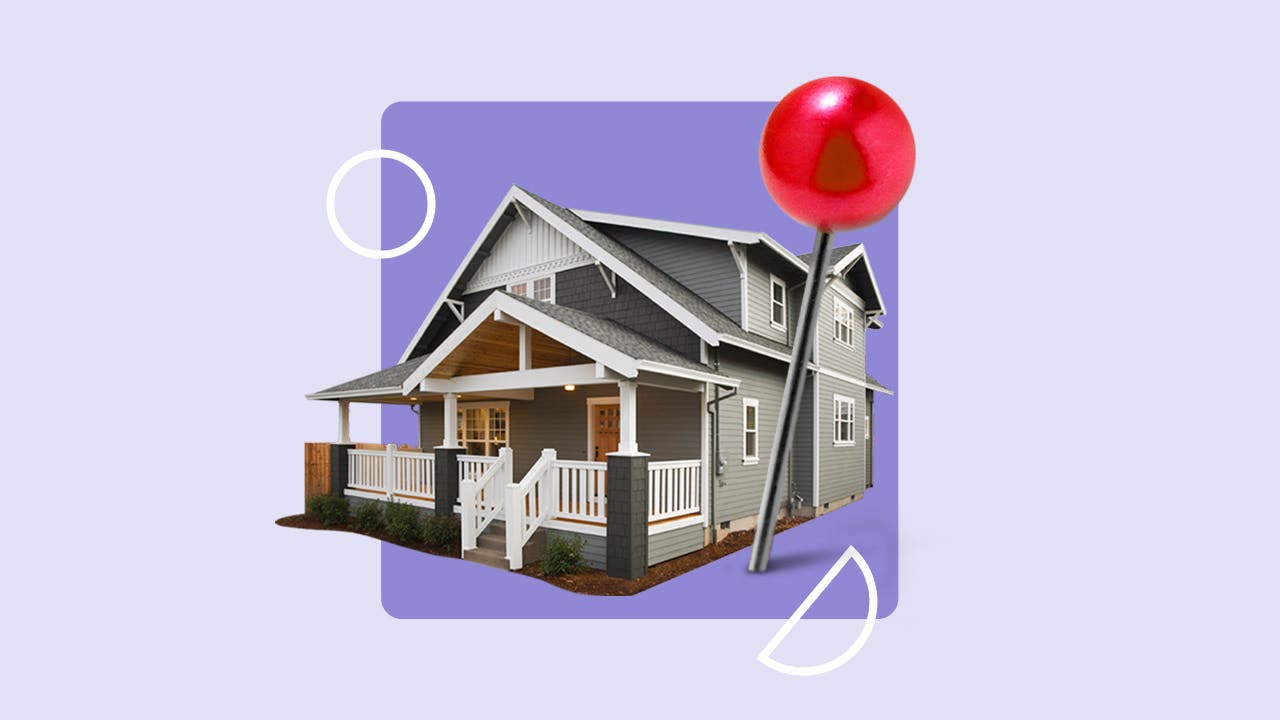Primary residence: What it means and rules to know

The Bankrate promise
At Bankrate we strive to help you make smarter financial decisions. While we adhere to strict , this post may contain references to products from our partners. Here's an explanation for .
When you live in a particular home full-time, or at least for most of the year, it is considered your primary residence. This status is important for financial, tax and legal reasons.
For homeowners to make the most of their investment, it pays to better understand what a primary residence means. For example, how does it differ from a principal place of residence or a second home? The perks that come with having a primary residence, and your ability to rent or sublet it, will inform how you approach managing it.
Primary residence definition
A primary residence is legally considered to be the principal or main home you live in for most of the year. You can only have one primary residence at a time: This is usually the address listed on your driver’s license, tax returns and other official government documents. Your primary residence can be any dwelling where you live for a majority of the year that is considered your permanent address, including a single-family home, an attached or multifamily home, a condominium, a townhouse or an apartment or rental unit.
Rules about primary residences
Your mortgage lender and the IRS may have rules and restrictions about your primary residence. These rules can include:
- You must occupy your primary residence by a certain date after closing, often within 60 days.
- You must live within your primary residence for the majority of the year.
- You must live in the home as your primary residence for at least one year after closing.
- Your primary residence should be within a convenient distance from your location of employment, unless your employer validates that you work remotely.
- If you want to convert the home into a rental or investment property within six months of closing, the property must be classified as an investment property.
“It is essential for buyers and homeowners to be aware of the legal definitions and requirements related to a primary residence, as well as any relevant laws and regulations in their jurisdiction,” says Min Hwan Ahn, an attorney in Philadelphia. “This will ensure you make informed decisions and avoid potential legal and financial consequences. For example, if you claim a property as your primary residence for tax purposes, you may be eligible for certain tax benefits.”
In addition, lenders and home loan programs will likely require that the property you purchase be your primary residence if you are applying for a primary residential loan — meaning a mortgage loan intended to finance your primary residence.
Principal place of residence
“Primary residence” is a term often used interchangeably with “principal place of residence.” They each refer to a primary or main home where you live for the majority of the year. “However, the exact definitions of these terms may vary depending on the jurisdiction and context in which they are used,” Ahn says. “For example, in some cases, ‘principal place of residence’ may refer specifically to a person’s permanent address.”
Primary residence benefits
Buying and using a home as your primary residence provides several advantages. These include:
- Primary mortgage loans often come with lower interest rates and more favorable loan terms than second mortgages and loans for non-owner-occupied properties.
- Primary homeowners may be eligible for a mortgage interest deduction on their federal income taxes, which can result in significant tax savings.
- Property taxes on a primary residence can be lower compared to those on investment or rental properties.
- Some states and localities offer additional property tax benefits for owner-occupied homes.
- Owning a primary residence can also be a good long-term investment, as home prices may appreciate over time.
The 2-out-of-5-years rule
There’s another valuable benefit to owning and living in your primary residence, which has to do with what’s often called the “2-out-of-5-years rule.” Under this IRS rule, if you sell a home that has served as your primary residence for at least two of the five years immediately preceding the date of sale, you may not have to pay capital gains tax. It all depends on how much you make on the sale.
“Let’s say you and your spouse bought a house four years ago for $500,000,” says Brian Hershman, founder of BSH Accounting in The Colony, Texas. “This home was used as your primary residence for three of the four years and has appreciated in value to $950,000. You sell the home for that amount, resulting in a gain of $450,000. Because you pass the ownership test and are under the exclusion criteria — which is $250,000 for individual filers or $500,000 if married filing jointly — you do not owe any tax on the gain of value on that home.”
Hershman notes that you can take this exclusion only once during a two-year period.
Can you rent or sublet your primary residence?
If you own your primary residence, of course you may rent or sublet it. (That may not be the case for renters.) But the rules and limitations surrounding these activities can vary depending on your location and the terms of your mortgage.
“You must first check with your lender about any specific restrictions they have about renting or subletting,” says Kevin Garcia, a real estate agent and broker with Inglewood, California–based WLM Financial. “You must have lived in the property for a minimum of 12 months after closing, too. However, lenders may make exceptions for certain conditions that demand renting out your primary residence — for example, a job relocation.”
Primary vs. secondary residence
A second home or vacation home is not the same thing as a primary residence. Vacation and second homes are considered secondary residences that you do not occupy most of the year.
However, if you have a mortgage on a secondary residence and want to rent it out, you may be required to live in it for at least a portion of the year. If your mortgage is backed by Freddie Mac or Fannie Mae, for example, the leased property must be “available primarily for borrower’s personal use and enjoyment” for more than half of the calendar year.
There are other rules to consider as well. The IRS says you can rent out a second home for up to 14 days and pocket the profits tax free. If you rent out for longer than that, though, you need to report the rental income. And if you eventually sell that home for a profit, you could be on the hook for capital gains taxes.
FAQs
-
According to Philadelphia attorney Min Hwan Ahn, the IRS can confirm primary residence ownership and usage via several methods. These include:
- Reviewing your tax returns.
- Requesting documentation like mortgage statements, utility bills and voter registration records.
- Checking public records to verify your address.
- Consulting third-party sources like neighbors, real estate agents and former landlords.
-
A primary residence is one that you occupy for the majority of the year and use as your permanent address on documents like your driver’s license and tax returns. A primary mortgage loan is used to finance a primary residence. A second home is a property that you own but do not occupy most of the year. You may be required to live within the secondary residence for part of the year, though, especially if you intend to rent it out.
-
No, you cannot own and use two primary residences at once — you can only have one primary residence at a time. However, you are allowed to have a primary residence and a secondary residence, such as a vacation home or second home.
Related Articles



Second home vs. investment property: Different mortgage requirements and rules
